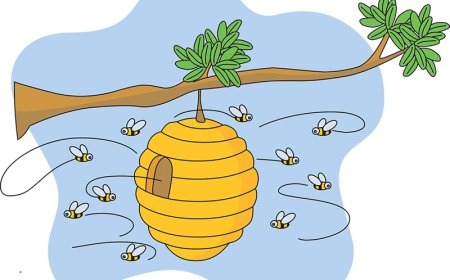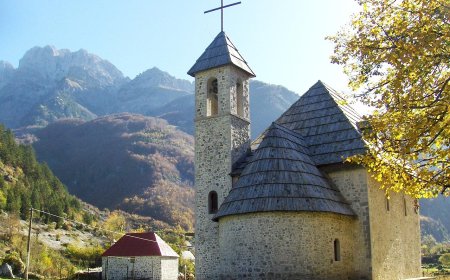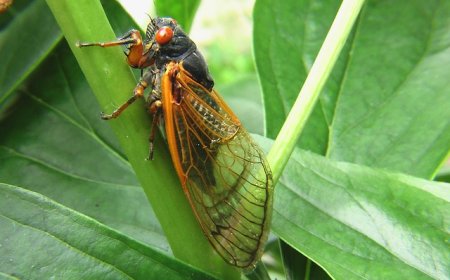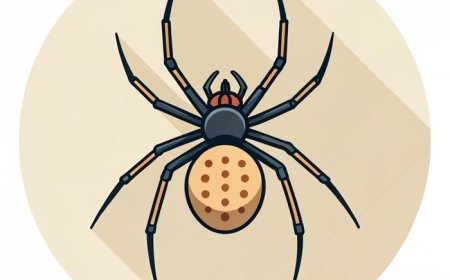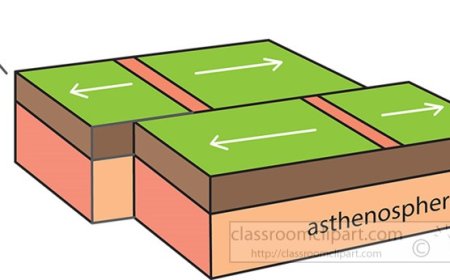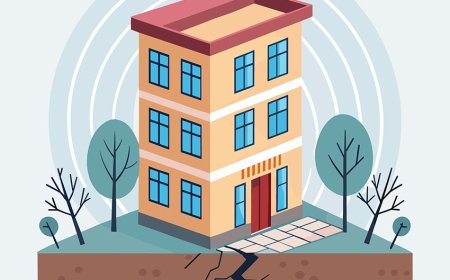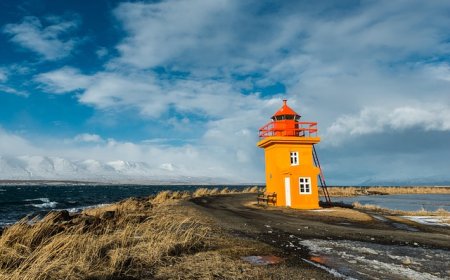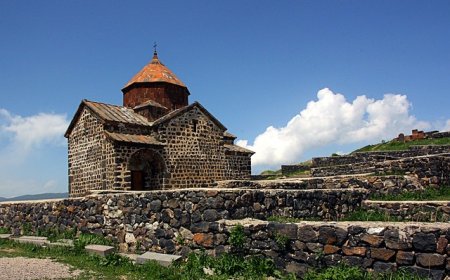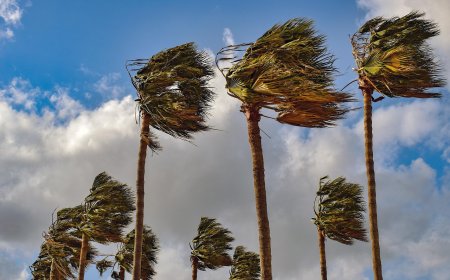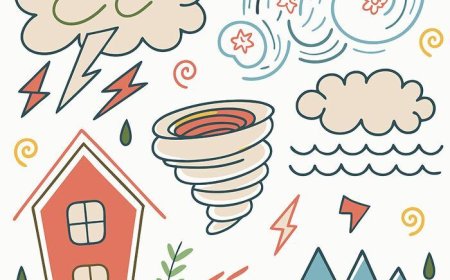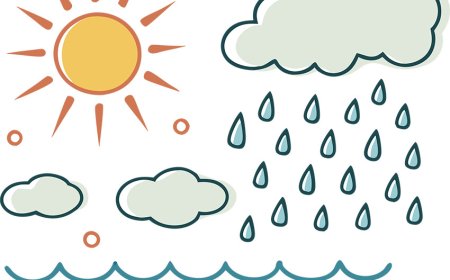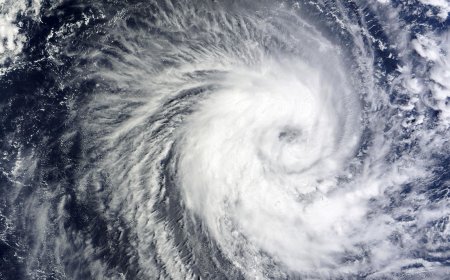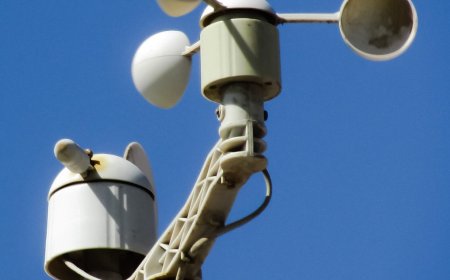Thunderstorms Explained for Students | How Storms Form and What They Do
Learn how thunderstorms form, what causes lightning and thunder, and how to stay safe during a storm. A student-friendly guide to one of nature’s most powerful weather events.
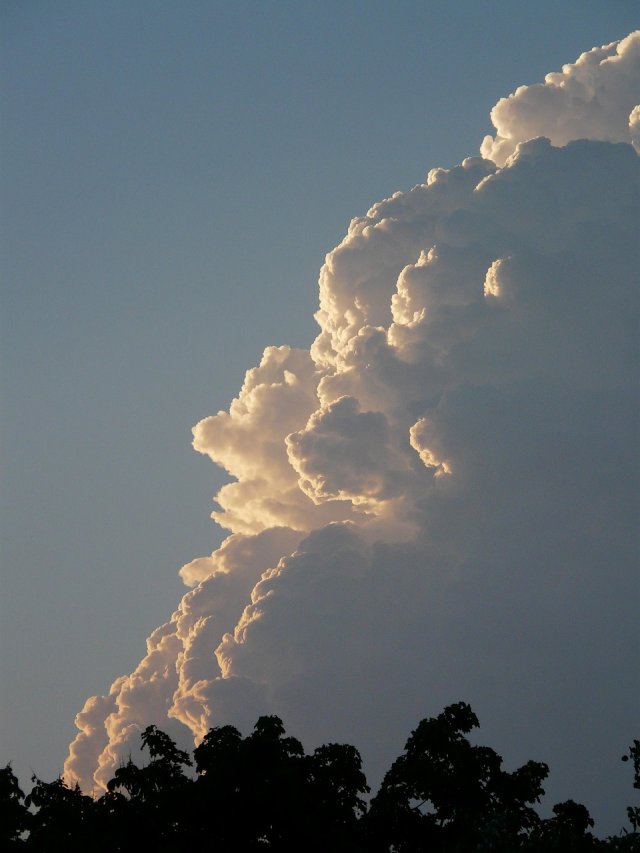
🧭 Introduction
Have you ever watched the sky turn dark, heard a loud rumble of thunder, and seen a flash of lightning? That’s a thunderstorm—one of the most exciting and powerful weather events on Earth. Thunderstorms can bring heavy rain, strong winds, hail, lightning, and thunder. While they may be fun to watch from a safe place, they can also be dangerous. Learning how they form and how to stay safe helps us understand and respect nature’s power.
⚡ What Is a Thunderstorm?
A thunderstorm is a storm that has lightning and thunder, and usually includes rain, wind, and sometimes hail. It forms when warm, moist air rises quickly into the sky and meets cooler air above. As the warm air rises, it cools and condenses into clouds, forming a cumulonimbus cloud—a tall, puffy cloud that often towers like a mountain.
Inside the cloud, tiny droplets of water and ice crash into each other, creating electrical charges. These charges lead to lightning and thunder.
🌪️ How Do Thunderstorms Form?
Thunderstorms usually form when three main ingredients come together:
Moisture – Lots of water vapor in the air from oceans, lakes, or wet ground
Unstable air – Warm air near the ground and cooler air above it
Lift – Something that pushes warm air upward, like a front, mountain, or heat from the ground
As the warm air rises:
It cools and condenses into water droplets, forming clouds
The cloud gets taller and larger as more warm air rises
Strong winds, heavy rain, and electrical activity begin inside the cloud
Eventually, the cloud becomes a full cumulonimbus cloud, and the storm begins.
⚡ Lightning and Thunder
Lightning is a huge spark of electricity that jumps between clouds or from a cloud to the ground. It happens because of the electrical charges building up inside the cloud.
Thunder is the sound made by lightning. The lightning heats the air around it so fast that the air expands quickly, creating a sound wave we hear as a boom.
Fun fact: Lightning comes before thunder because light travels faster than sound!
🌧️ Weather During a Thunderstorm
A thunderstorm can bring many types of weather:
Heavy rain that may cause flooding
Gusty winds strong enough to break tree limbs
Hailstones that form when raindrops freeze in the cloud and fall to the ground
Lightning that can strike trees, buildings, or even people
Tornadoes (in strong storms), which are spinning columns of air that touch the ground
Thunderstorms can last from a few minutes to a few hours and are more common in the afternoon and evening when the air is warmest.
🧪 Types of Thunderstorms
1. Single-cell storms
Small and short-lived (30–60 minutes)
Often bring brief rain or thunder
2. Multicell storms
A group of storms that work together
Can bring stronger winds, hail, or heavy rain
3. Supercell storms
The most powerful type
Can last for hours and produce tornadoes, large hail, and strong winds
Supercells are the type of thunderstorms that cause most severe weather warnings.
🧠 Thunderstorm Safety Tips
While thunderstorms can be fascinating, it’s important to stay safe:
Go indoors right away—stay away from windows
Don’t use electrical items or take a bath/shower during lightning
Avoid standing under tall trees or open fields
If you're outside and can't get indoors, crouch low to the ground, away from trees or poles
Wait at least 30 minutes after the last thunder before going back outside
Remember the 30/30 Rule: If you hear thunder within 30 seconds of seeing lightning, the storm is close—go indoors!
📚 Vocabulary Words
Thunderstorm A storm with thunder, lightning, and often rain or hail
Lightning A sudden flash of electricity during a storm
Thunder The sound caused by lightning heating the air
Cumulonimbus cloud A tall cloud that forms during thunderstorms
Supercell A powerful thunderstorm that can produce tornadoes
💡 Interesting Facts About Thunderstorms
Lightning can heat the air to over 50,000°F—hotter than the surface of the sun!
There are about 2,000 thunderstorms happening around the world at any time.
The U.S. state with the most thunderstorms is Florida.
A single bolt of lightning can carry over 1 billion volts of electricity.
Thunderstorms help cool the Earth by releasing built-up heat from the ground.
👧 Kid-Friendly Summary
Thunderstorms happen when warm, wet air rises quickly and forms big clouds. These clouds grow tall and full of energy. Lightning flashes in the sky, and thunder makes a loud sound. Thunderstorms can bring rain, wind, hail, and sometimes tornadoes. They can be fun to watch from inside—but always be careful and stay safe!
✅ Interactive Quiz
Q1: What kind of cloud forms during a thunderstorm?
A. Cirrus
B. Cumulus
C. Stratus
D. Cumulonimbus ✅
Q2: What causes thunder?
A. Rain
B. Lightning heating the air ✅
C. Clouds moving
D. The Sun
Q3: What is lightning?
A. Wind blowing fast
B. A loud sound
C. A flash of electricity in a storm ✅
D. Frozen rain
Q4: When is a thunderstorm most likely to happen?
A. During the night
B. In the early morning
C. On a cold winter day
D. In the afternoon or evening ✅
Q5: What should you do during a thunderstorm?
A. Go swimming
B. Stay under a tree
C. Go inside and stay away from windows ✅
D. Use all your electronics
Scoring:
5/5 = ⛈️ Storm Smart
3–4 = ⚡ Lightning Learner
1–2 = 📘 Storm Spotter in Training


